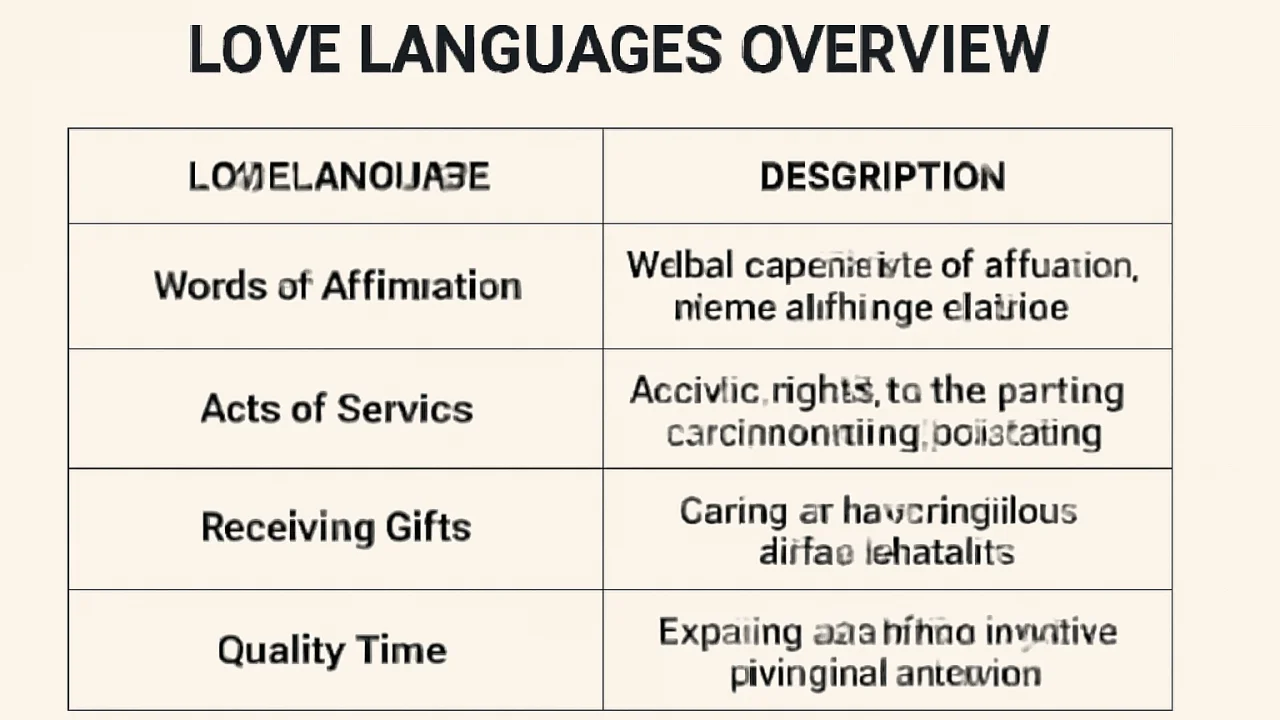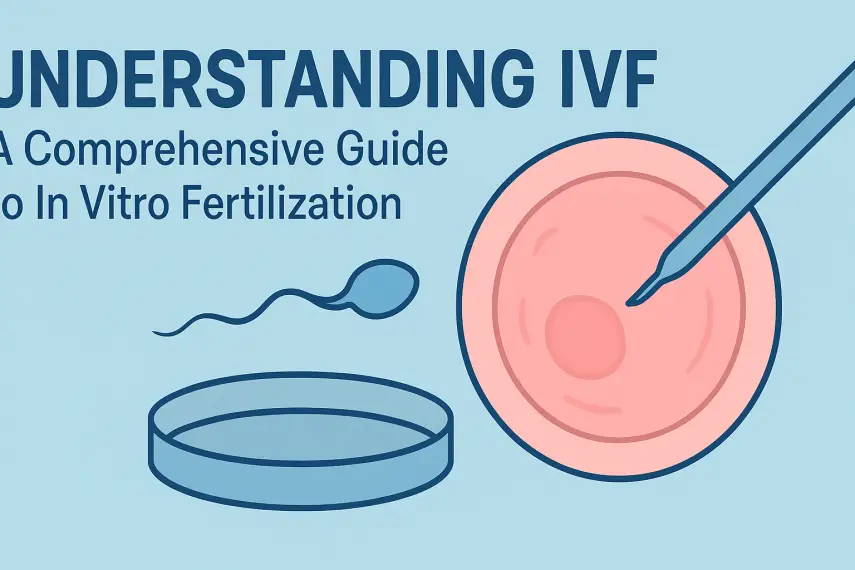
Understanding Love Languages for Stronger Relationships
📑 Contents
Introduction

Have you ever felt like your partner just doesn’t understand you, despite your best efforts to communicate? This disconnect can often stem from differing love languages. Understanding love languages is key to nurturing stronger relationships and improving emotional connections. By learning how you and your partner express and receive love, you can foster deeper intimacy and satisfaction in your relationship. In this article, we’ll delve into the five primary love languages, explore their significance, and provide practical tips for applying this knowledge in your daily life.
What Are Love Languages?

The concept of love languages was introduced by Dr. Gary Chapman in his book "The 5 Love Languages." According to Chapman, everyone has a primary love language that influences how they express love and perceive affection. Understanding these languages can help partners communicate more effectively and understand each other better.
The Five Love Languages
Here’s a breakdown of the five love languages:
- Words of Affirmation: Verbal expressions of love, appreciation, and encouragement.
- Acts of Service: Actions that show love, such as helping with chores or running errands.
- Receiving Gifts: Thoughtful presents that reflect consideration and effort.
- Quality Time: Undivided attention and shared experiences with loved ones.
- Physical Touch: Expressing love through physical contact, such as hugs or holding hands.
Importance of Love Languages

Understanding your and your partner's love languages can lead to:
- Better Communication: Knowing how to express love in a way that resonates with your partner can enhance communication.
- Increased Intimacy: When both partners feel loved and understood, emotional and physical intimacy often improves.
- Conflict Resolution: Recognizing the differences in love languages can help address misunderstandings and conflicts.
How to Discover Your Love Language

Identifying your love language requires self-reflection and honest communication with your partner. Here are some steps to help you discover your love language:
- Reflect on Your Feelings: Think about how you feel loved and appreciated. What actions or words make you feel most connected?
- Observe Your Reactions: Take note of how you react when others show you love. What gestures resonate with you?
- Discuss with Your Partner: Have an open conversation about love languages and ask your partner how they feel loved.
Applying Love Languages in Your Relationship

Once you have identified your love languages, it’s time to apply this knowledge to strengthen your relationship. Here are some practical tips:
1. Practice Active Listening
Engage in conversations where you both express your love languages. Make an effort to listen deeply and understand what your partner needs from you.
2. Make a Love Language Plan
Schedule regular check-ins to evaluate how well you’re meeting each other’s love language needs. Adjust your actions accordingly.
3. Surprise Each Other
Surprise your partner with gestures that align with their love language. For example, if their love language is acts of service, consider cooking a meal or doing household chores without being asked.
4. Set Reminders
Life can get busy, so set reminders to practice each other’s love languages. This can be as simple as sending a text with words of affirmation or planning a date night focused on quality time.
5. Celebrate Differences
Embrace the fact that you and your partner may have different love languages. Celebrate these differences and use them to grow closer.
Table: Love Languages Overview

| Love Language | Definition | Examples |
|---|---|---|
| Words of Affirmation | Expressing affection through spoken words | Compliments, appreciation notes |
| Acts of Service | Showing love through helpful actions | Cooking dinner, running errands |
| Receiving Gifts | Giving thoughtful presents | Birthday gifts, surprise treats |
| Quality Time | Spending focused time together | Date nights, shared hobbies |
| Physical Touch | Expressing love through physical contact | Hugs, holding hands |
Common Challenges with Love Languages

Even with a solid understanding of love languages, challenges can arise:
- Misinterpretation: Sometimes, actions meant to express love can be misinterpreted. For instance, a partner who values physical touch might feel neglected if their partner’s love language is words of affirmation.
- Assumptions: Avoid assuming your partner knows your love language. Clear communication is essential.
- Neglecting Your Needs: While it’s important to meet your partner’s needs, don’t forget to express your own love language as well.
Frequently Asked Questions (FAQs)

What are the five love languages?
The five love languages are words of affirmation, acts of service, receiving gifts, quality time, and physical touch.
How can I find out my love language?
Reflect on what actions make you feel most loved or appreciated and discuss your feelings with your partner.
Can love languages change over time?
Yes, love languages can evolve based on life experiences, relationships, and personal growth.
What if my partner has a different love language?
It’s essential to communicate openly about your love languages and find ways to meet each other’s needs.
Can love languages improve relationship satisfaction?
Understanding and applying love languages can significantly enhance relationship satisfaction and emotional connection.
Are love languages scientifically proven?
While the love languages concept is widely accepted, scientific studies specifically validating them are limited. However, many find the framework beneficial.
How do I communicate my love language to my partner?
Discuss your feelings openly and provide specific examples of what makes you feel loved.
Is it possible to have more than one love language?
Yes, many people may resonate with multiple love languages, but typically, one is predominant.
Conclusion

Understanding love languages is a powerful tool for nurturing healthy relationships. By recognizing how you and your partner express and receive love, you can cultivate deeper connections and enhance intimacy. Take the time to explore each other's love languages, implement practical strategies, and watch your relationship flourish. If you’re ready to improve your connection, start today by having a conversation with your partner about your love languages.











